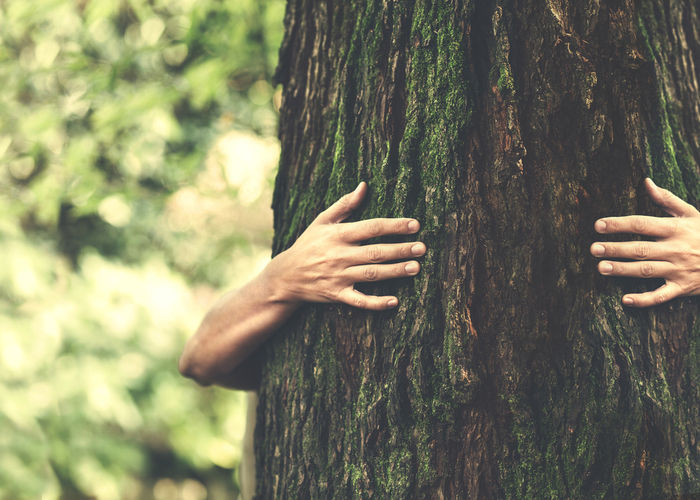Gardening for Conservation: How Small Actions Help
- Natasha Dudek
- Feb 28
- 3 min read

As urbanization grows globally and natural habitats become increasingly fragmented, urban green spaces play an increasingly important role in biodiversity conservation. Strategic urban management can harness the power of trees to help regulate temperature by offering shade and mitigating the urban heat island effect, wetlands to absorb excess rainwater and reduce flooding, and green spaces to enhance air quality by filtering pollutants. Furthermore, urban greenspace can help support pollinator populations, which in turn supports urban agriculture and horticulture, while healthy soil in parks and gardens stores carbon and sustains plant life.
Contributing to local conservation can involve strategically managing your own space, whether you have a yard, a balcony, or live near an empty patch of grass by the road. By making small, thoughtful changes in your surroundings, you can support pollinators, restore ecosystems, and help combat species decline. Here’s how you can garden with conservation in mind.
1. Plant Wildflowers to Support Pollinators
A major factor in the decline of pollinating insect populations is the loss of their food sources due to decreasing flower abundance and diversity. Urban landscapes can play a role in reversing this trend, depending on how they are managed. While frequently mown lawns offer little benefit, flower gardens and urban meadows can provide essential food for pollinators.
Wildflower gardens are a simple way to create a habitat for pollinators like bees, butterflies, and hoverflies. Recent research has shown that urban wildflower patches can support pollinators just as well as natural meadows, providing essential nectar and pollen sources. By replacing part of your lawn with native wildflowers, you help create a mini ecosystem that supports biodiversity. Planting urban meadows is becoming increasingly popular, supported by initiatives like Britain in Bloom, The Green Flag Awards, and Plan Maya in Belgium.
To get started, choose a mix of native wildflowers that bloom at different times of the year to ensure a continuous food supply. Some excellent choices in Quebec include black-eyed Susans, coneflowers, and bee balm. Avoid using pesticides, as these chemicals can harm pollinators.
2. Include Milkweed for Monarch Butterflies
Monarch butterfly populations have declined significantly due to habitat destruction and loss of milkweed, the only plant their caterpillars can eat. By planting milkweed in your garden, you provide a vital food source for monarch larvae and help sustain their migration routes. While larger and older milkweed patches were optimal breeding grounds for monarch butterflies, research has found that even very small urban plantings of single milkweed plants can help to support monarchs.
Common milkweed, swamp milkweed, and butterfly weed are native to Quebec, and can be purchased as seeds or plants at local nurseries. It's best to plant milkweed in clusters, allowing caterpillars to move between them while foraging. In addition to providing food for monarchs, the flowers also serve as a nectar source for a variety of pollinators.
3. Reduce Chemical Use and Embrace Natural Pest Control
Pesticides, herbicides, and chemical fertilizers can harm beneficial insects, soil health, and water quality. Instead of chemicals, you can use alternatives like compost to enrich the soil and companion planting to deter pests. For example, planting marigolds alongside vegetables can help repel harmful insects. Encouraging beneficial predators like ladybugs and birds can also help keep pest populations in check without disrupting the ecosystem.
4. Provide Shelter and Nesting Sites
Pollinators and other wildlife need safe spaces to rest and reproduce. A diverse garden with layered vegetation—from ground cover to tall trees—creates habitats for insects, birds, and small mammals. Leaving leaf litter in garden beds, maintaining dead wood piles, and installing bee hotels or bat houses can provide much-needed shelter for beneficial creatures. Furthermore, adding water sources like a shallow birdbath or a small pond can attract wildlife by providing a place to drink and cool off during hot weather.
Making a Difference with Gardening
Conservation doesn’t only happen on a grand scale - it can happen right in your own space. By making thoughtful choices in your gardening practices, you contribute to improving urban habitats for wildlife, protecting endangered species, and creating a more sustainable environment for future generations.
Additional Reading:
Klinger, Karen R., Aster F. Hasle, and Karen S. Oberhauser. "Characteristics of urban milkweed gardens that influence monarch butterfly egg abundance." Frontiers in Ecology and Evolution 12 (2024): 1444460.
Rudd, Hillary, Jamie Vala, and Valentin Schaefer. "Importance of backyard habitat in a comprehensive biodiversity conservation strategy: a connectivity analysis of urban green spaces." Restoration ecology 10.2 (2002): 368-375.
Zajdel, Barbara, et al. "Sown wildflower meadows: Can they replace natural meadows in urban spaces for bees, butterflies and hoverflies?." Ecological Entomology 50.1 (2025): 214-227.



